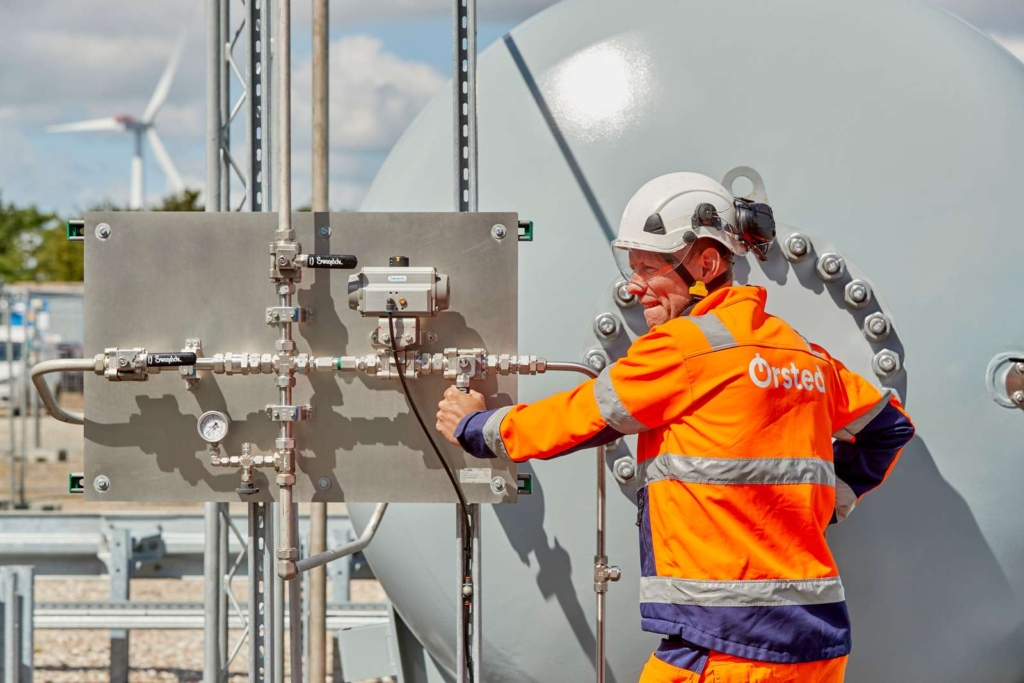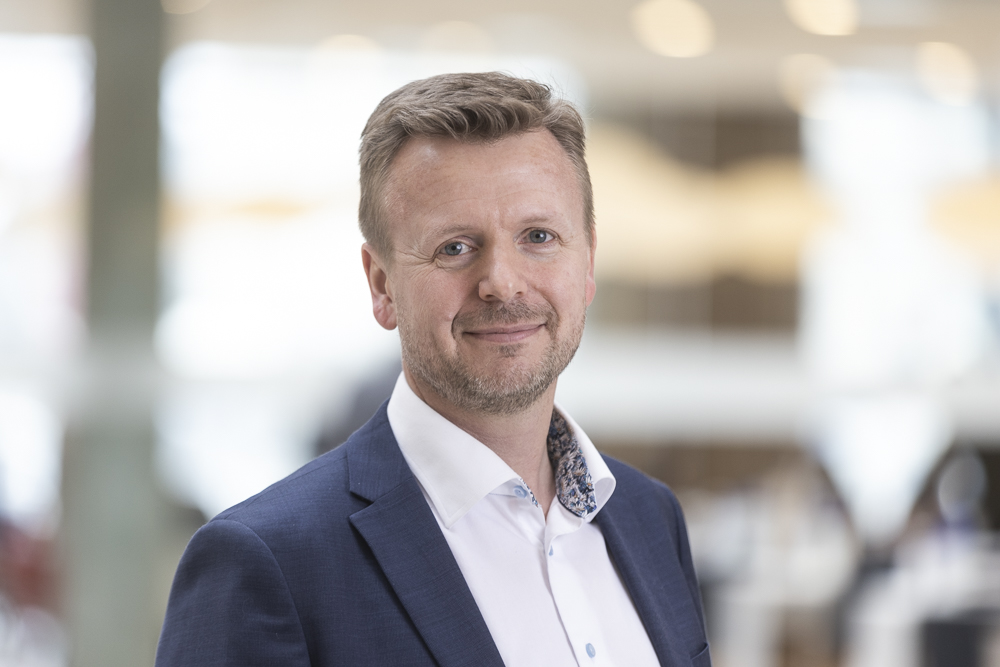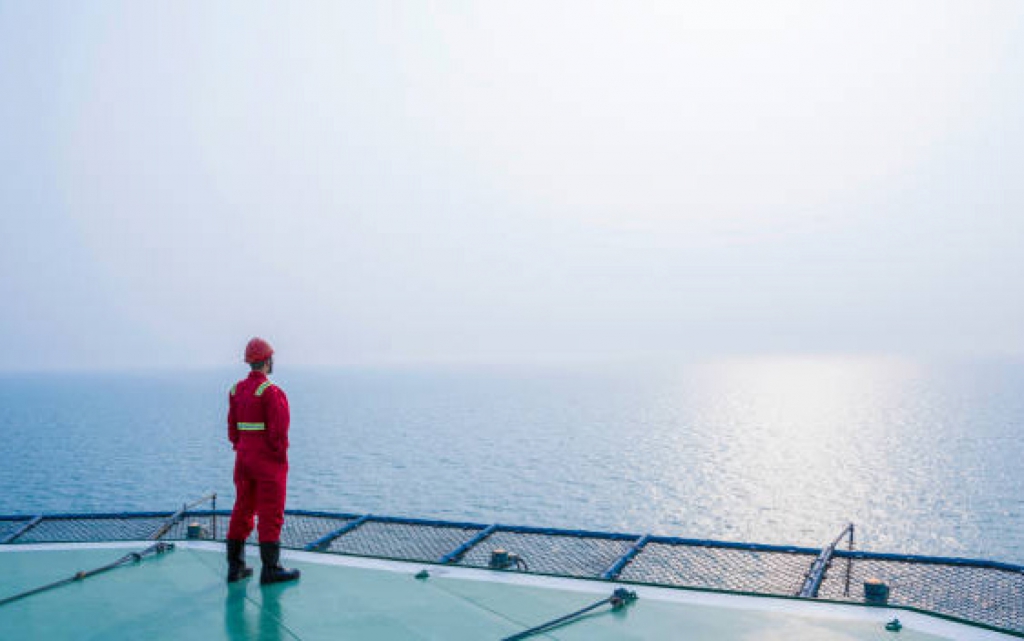Storing CO2
in the North Sea
Project Bifrost develops a concept for storing CO2 in the underground of the Danish North Sea, turning the Harald field into a climate solution of the future. With public funding (EUDP), Project Bifrost lays the foundation for Denmark to become a showcase for Carbon Capture and Storage.


Carbon Capture and Storage (CCS): What is it?
With CCS, CO2 is captured and permanently stored underground to reduce emissions – a cornerstone in realizing a net-zero society by 2050. By developing the infrastructure and technology used in North Sea since 1972, Project Bifrost aims at a full-scale demonstration of CCS.

Martin Rune Pedersen,
Country Chair and Head of CSS,
TotalEnergies Denmark
“At TotalEnergies, we believe that capture and storage of CO2 plays a leading role in the next chapter of Denmark’s green growth adventure. With Project Bifrost, we’re leading the collaboration between DTU’s research and the North Sea’s most experienced players to explore how to take advantage of the storage potential in Denmark. Together we’re establishing the foundation for Denmark to take on a leading role in the development of new energy technology”
The next chapter in Danish climate history
CCS plays a key role in the transition to a carbon neutral future, as it is a condition for reducing emissions fast enough to meet the national Danish climate targets and the goals of the Paris Agreement. This makes CCS the next chapter in Danish climate history.


An innovative Danish partnership
Project Bifrost is a collaboration between experienced partners: The DUC-partners hold the licenses for the oil and gas fields in the Danish North Sea, Ørsted owns the pipelines for the potential transport of CO2 offshore and DTU is the academic partner.